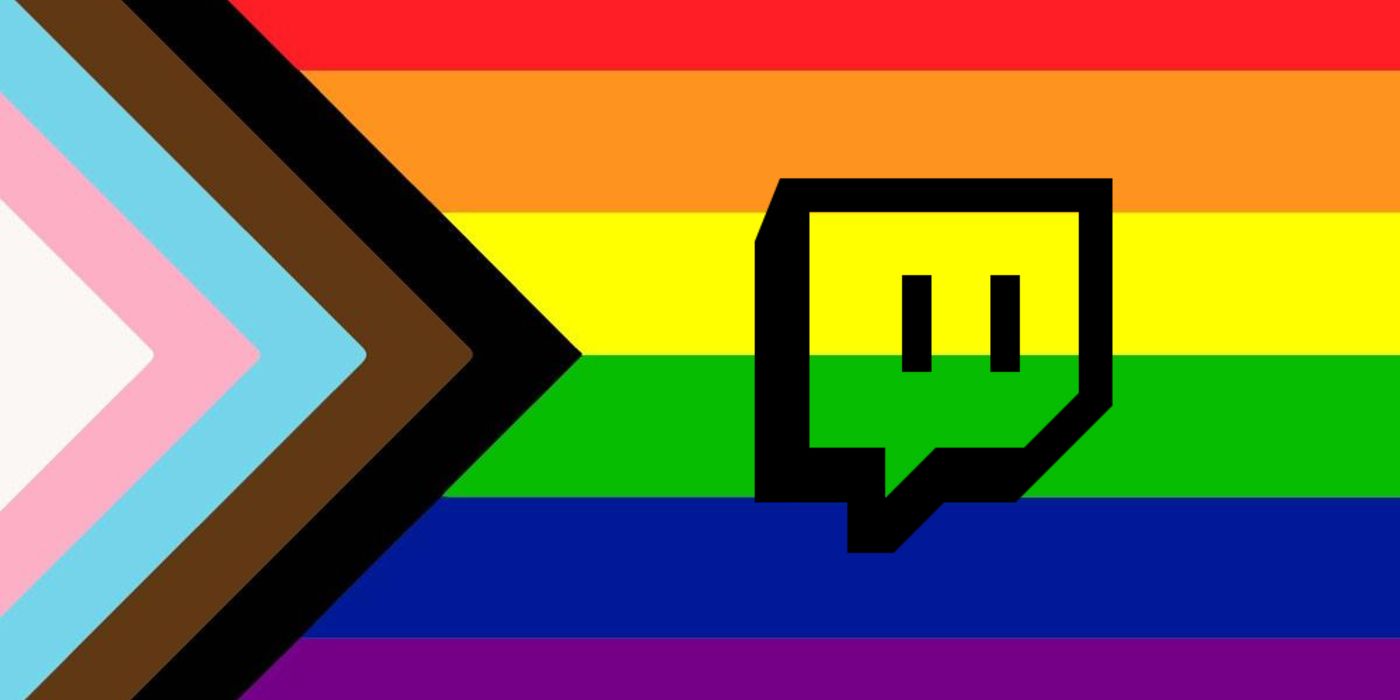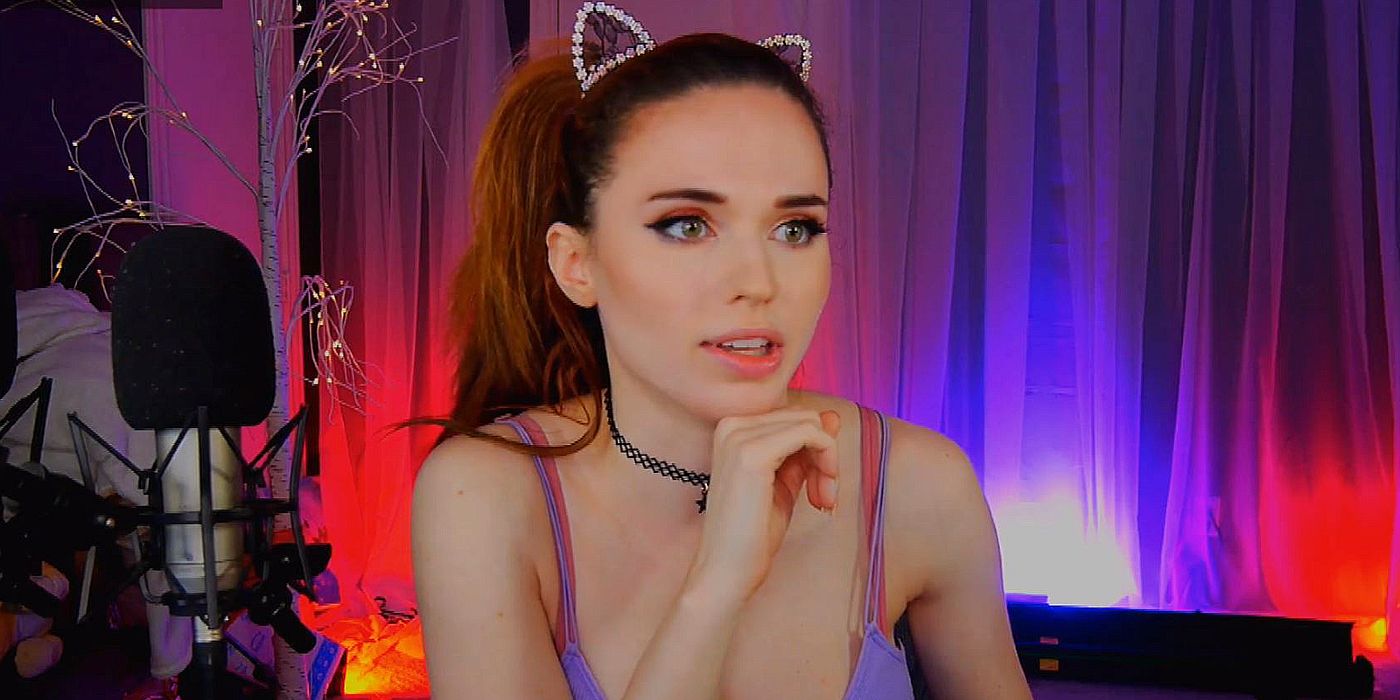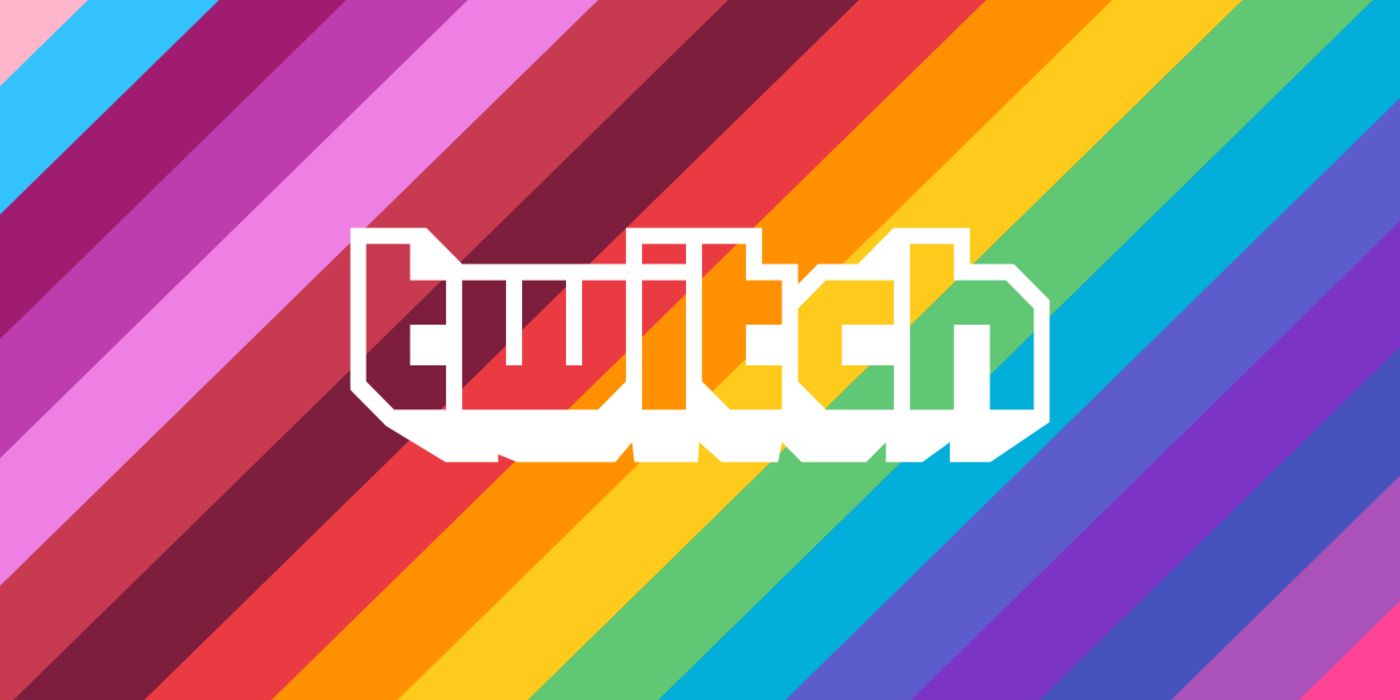Twitch has recently announced a number of changes to its platform. Since launching back in 2011 as a game livestreaming service, the site has grown beyond what it was originally intended for. The recent hot tub controversy proved that, though streaming from a kiddie pool for views isn't the only non-gaming category content creators thrive off of. There are plenty of artists, musicians, and DIY streamers that use Twitch to grow their brands as well.
One area some Twitch users felt the platform has always lacked is its inclusivity of the LGBTQIA+ community. But now, Twitch has addressed a number of issues within the community, as well as other concerns relating to other marginalized groups such as women. However, going forward, some concerns from the community in response to these changes could mean doubled standards, unless Twitch were to address these issues as well.
The Treatment of Women on Twitch
It's unclear if these changes started with the hot tub controversy or if Twitch planned to roll out these recent changes all at once. But with the hot tub meta came a number of opinions, including claims that sexualized content shouldn't be allowed on Twitch as well as concerns about the number of teens using the platform and having access to it. But what most folks wanted, including content creator Pokimane, was a firm line to be drawn on what's considered sexual, what's not, and how it should be treated. And Twitch gave that answer.
In a blog post, Twitch said that it would not enforce against women who are "found to be sexy" by users. It's difficult to ignore that much of this controversy has to do with women displaying their bodies confidently online, or, more accurately, many taking issue with women doing such. After all, there was little fuss when streamer TominationTime started doing his workouts shirtless or when Ludwig Aghren took off his shirt and did an impression of the former President.
Twitch has created an entirely new section—the Pools, Hot Tubs, and Beaches category—for those that wish to capitalize on this market. Additionally, Twitch will be working to clarify its guidelines relating to nudity. As long as it follows through, explicit rules could lead to fewer double standards on Twitch down the line.
LGBTQIA+ Content Creators and Double Standards
The LGBTQIA+ tag was created a few years back to positive feedback. However, the community has since requested that this tag shouldn't lump together all sexual identities. The bigger issue is sometimes said to be that the tag is used incorrectly, such as allies using the tag, ultimately leading to a diluted mix of streams which makes it harder for LGBTQIA+ folks to find one another.
Twitch is working to change this by removing references that might suggest the "A" means "ally." Additionally, many new tags will be added, including the highly demanded trans tag. Also in support of trans folks, Twitch has changed the lesbian pride flag emote to the new sunset version, showing inclusivity of all lesbians, no matter their race or gender identity.
However, this doesn't eradicate the ongoing issue of double standards on Twitch, an accusation made by many users over the years. The aforementioned shirtless streaming is a good example, but members of the LGBTQIA+ community also have their fair share of examples, such as one Redditor who claimed he was banned for nudity despite wearing a full unicorn onesie.
Another outstanding issue that some believe may have been worsened by Twitch's recent addition of over 350 new tags is viewers using them to find and target LGBTQIA+ folks for harassment. So while Twitch's recent actions bode well for the future of the site, it needs to keep the ball rolling by demonstrating support for these communities by upholding policies relating to harassment or those that could be seen as double standards.



